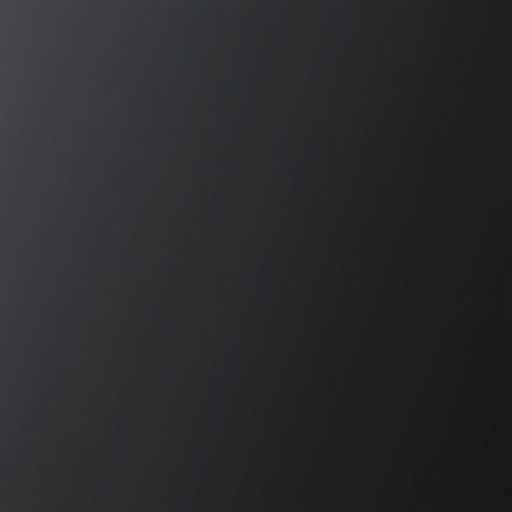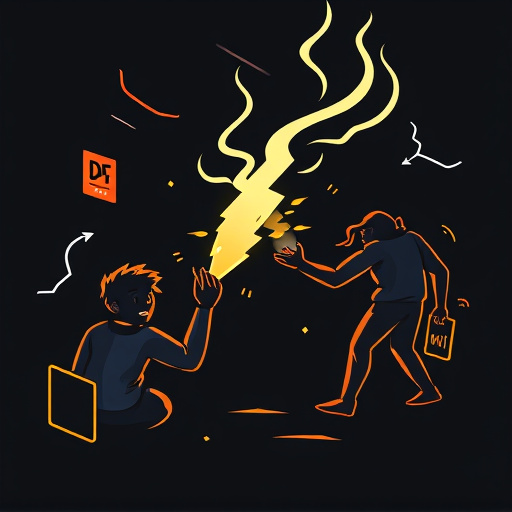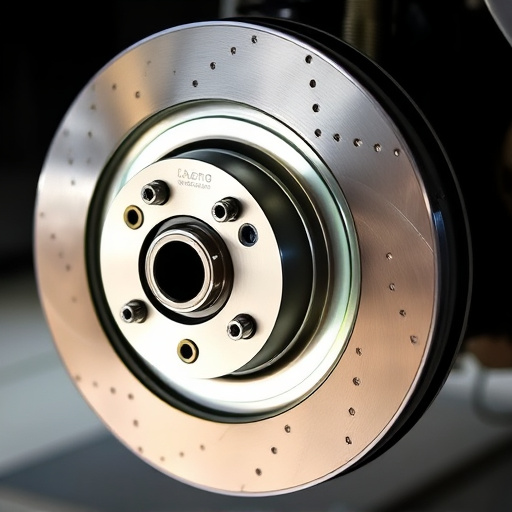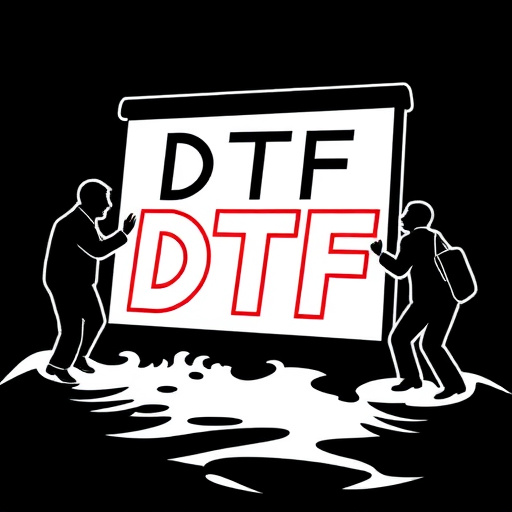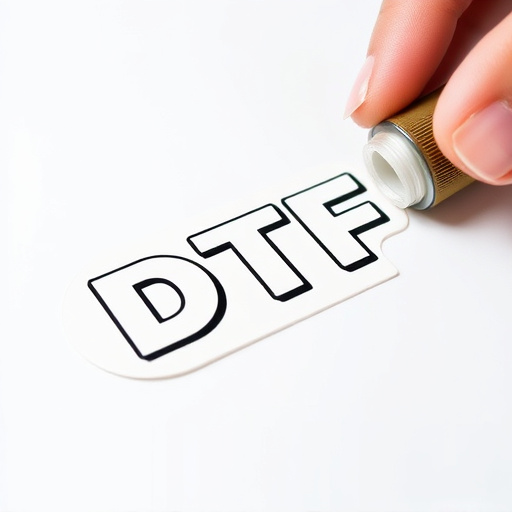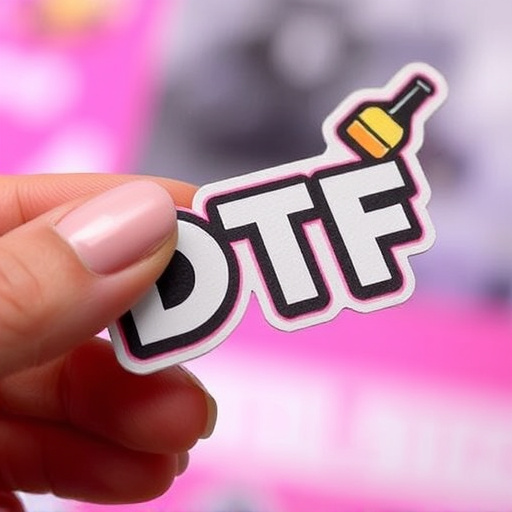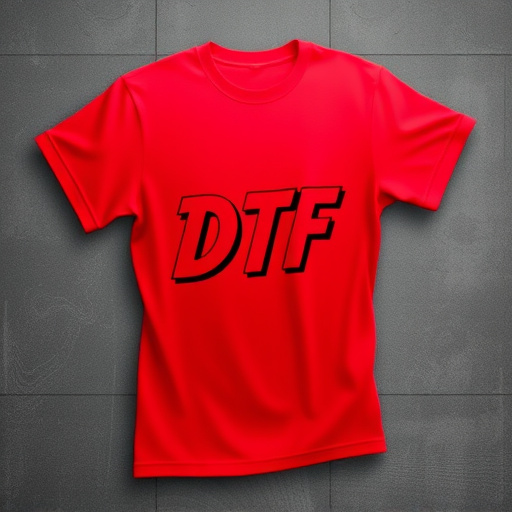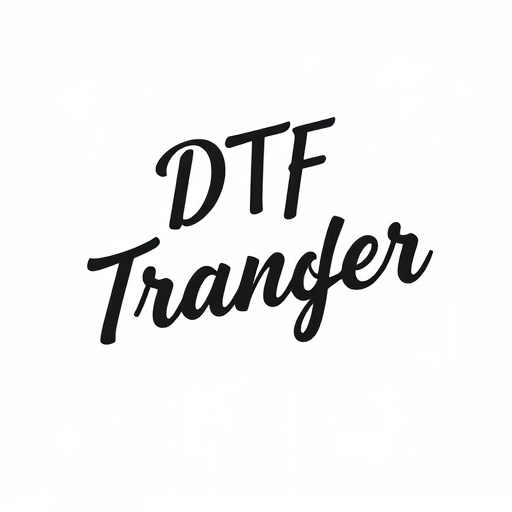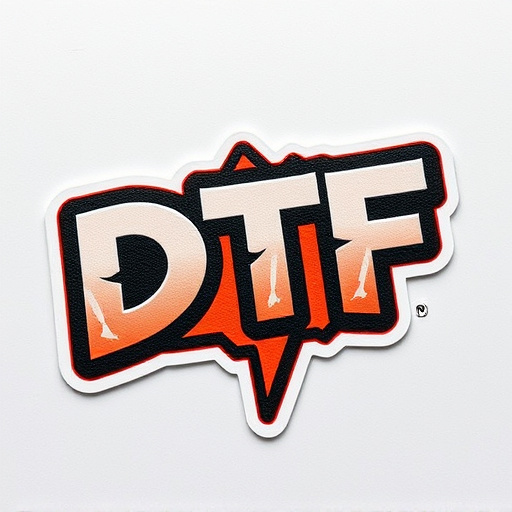Bulk DTF (Direct to Fabric) transfers revolutionize apparel personalization with cutting-edge printing for high-quality, precise designs on various fabrics. Versatile and efficient, this method caters to trends, demands, and diverse preferences, from clothing to home decor. Key steps include preparing artwork, selecting reliable services/equipment, setting up materials, monitoring print quality, and maintaining consistent ink levels for consistent, vibrant DTF results in bulk production.
Discover the power of Bulk DTF Transfers – a game-changing method revolutionizing data transfer. This article unravels the complexities, offering a comprehensive guide for businesses seeking efficient data management. From understanding the fundamentals to exploring benefits and mastering the implementation process, we demystify Bulk DTF Transfers. Learn how this technology enables seamless, secure, and cost-effective data movement, enhancing operational efficiency. Optimize your data transfer strategies today!
- Understanding DTF Transfers: A Basic Overview
- Advantages of Bulk DTF Transfers for Businesses
- How to Initiate and Manage a Successful DTF Transfer Process
Understanding DTF Transfers: A Basic Overview
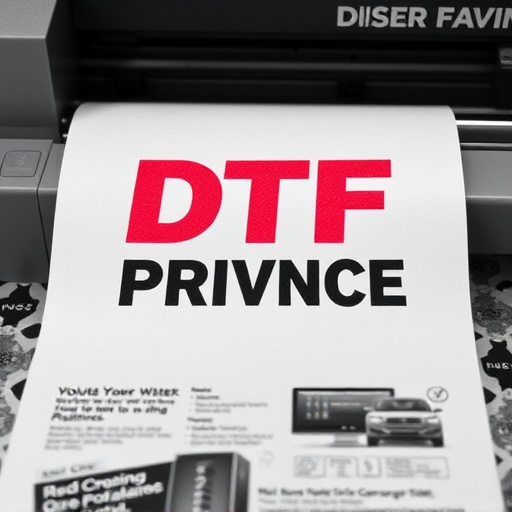
Bulk DTF (Direct to Fabric) transfers are a cutting-edge printing method revolutionizing the way we personalize and customize apparel and fabrics. This technique allows for high-quality, precise application of designs directly onto various materials, from cotton tees to polyester jackets. Unlike traditional methods that often involve multiple steps and limited customization, DTF offers a streamlined process.
A best DTF printer uses specialized ink and heat presses to transfer intricate graphics, text, and patterns onto fabrics in bulk, making it an efficient solution for businesses in the apparel industry. Custom DTF transfers have gained immense popularity due to their versatility and ability to produce vibrant, long-lasting results. This technology is not just limited to clothing; it can be utilized for a range of textile products, including flags, curtains, and even home decor items, catering to diverse consumer preferences.
Advantages of Bulk DTF Transfers for Businesses

Bulk DTF transfers offer significant advantages to businesses looking to streamline their custom apparel production process. One of the key benefits is efficiency; these transfers allow for the simultaneous application of intricate designs onto multiple garments, drastically reducing production time and labor costs compared to traditional screen printing methods. This is particularly advantageous for businesses catering to trends that evolve rapidly or experiencing high demand for custom, on-demand orders.
Moreover, DTF for Custom graphic tees provides exceptional versatility in design possibilities. Since DTF transfers use digital technology, businesses can easily adapt to changing designs and sizes, even for smaller order quantities. This flexibility is ideal for those creating unique, limited-edition collections or offering personalized products with varied customer preferences. Additionally, the direct-to-garment nature of DTF means that businesses can achieve vibrant, high-quality prints on a wide range of fabrics and garment styles, ensuring satisfaction among customers seeking stylish, customized apparel. The use of custom sheets for heat pressing designs onto garments further enhances this process by enabling precise placement and detailed results.
How to Initiate and Manage a Successful DTF Transfer Process
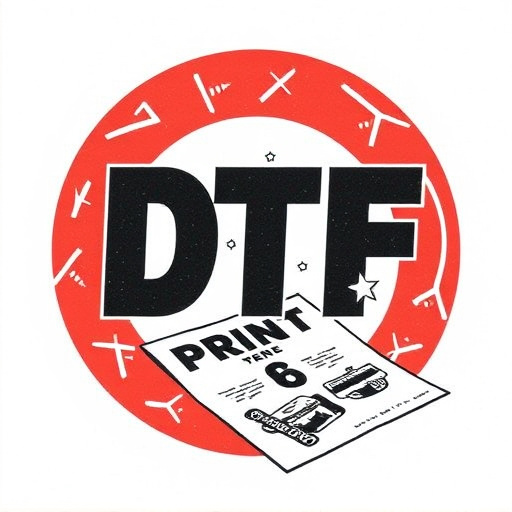
Initiating and managing a successful Bulk DTF (Direct to Fiber) transfer process involves several key steps. First, designers or businesses need to prepare their artwork, ensuring it meets the specifications for DTF printing on t-shirts, including file format, resolution, and color profile. This preparation is crucial as it directly impacts the quality of the final product.
Once the design is ready, the process begins with selecting a reliable DTF printing service or equipment. For those looking to produce bulk DFT shirt production, choosing the right technology like DTG (Direct to Garment) printers can streamline the operation. The next step involves loading the design onto the printer and setting up the t-shirt material as per manufacturer guidelines. Proper management includes monitoring the print quality during the initial tests, adjusting settings if needed, and ensuring consistent ink levels to avoid disruptions in production. Effective communication with the printing team is vital for managing expectations and addressing any issues promptly, thereby guaranteeing high-quality DTF for t-shirts every time.
Bulk DTF transfers offer businesses an efficient, secure, and cost-effective way to manage their data transfer needs. By leveraging this technology, companies can streamline operations, enhance collaboration, and gain valuable insights from their data. Understanding the process and its advantages is key to tapping into the full potential of bulk transfers, ensuring a successful digital transformation journey.

